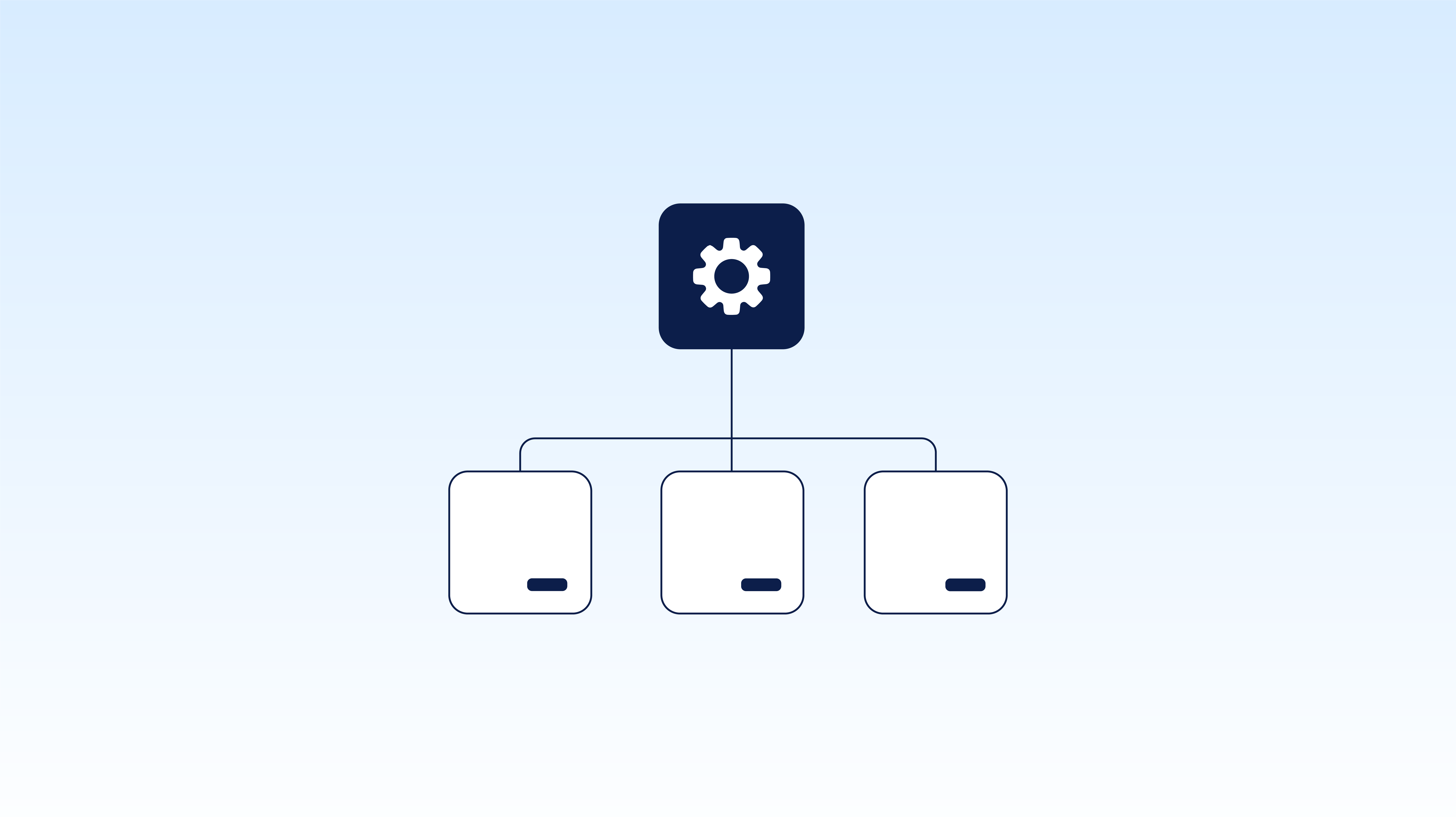Automated Accounts Receivable Programs: Cutting DSO by 30% in Six Months
In today’s economy, speed to cash is as important as speed to market. Companies that let receivables linger for 60, 75, or even 90 days are putting...
4 min read
September 6 2024
by
![]() Chris Cosgrove
Chris Cosgrove

As a financial leader and executive, you already know that the efficiency of your accounts payable (AP) department significantly impacts your company’s financial health and operational effectiveness. Additionally, you already know that manual processes often lead to inefficiencies, errors, and delays that hinder your company’s growth and financial stability.
This is where AP automation becomes a game-changer, and with 78% of CFOs saying artificial intelligence (AI) is “extremely important” to their payment processes, you can’t afford to fall behind when it comes to utilizing this technology. Once you make the switch, your manual processing problems will either be reduced or eliminated and the benefits you unlock will be able to save your organization money as well as help it scale and continue growing.
Keep reading to learn why making the switch to AP automation should be top of mind for every financial leader.
Manual AP work is increasingly more cumbersome and slow, as it involves paperwork and manual data entry that leads to bottlenecks and inefficiencies. Top that with an understaffed department plus an increased invoice load and you’ve got a myriad of issues.
AP automation simplifies and streamlines all invoice processes by digitizing workflows and automating routine tasks–resulting in faster processed invoices and payments with fewer touchpoints.
For CFOs, this means a significant reduction in administrative burden and a more efficient use of resources in a time when the number of engaged employees in the workforce is lessening. Streamlined processes also help in reducing cycle times and increasing your AP department’s productivity.
Human errors—whether from manual data entry, incorrect matching of purchase orders, or duplicate payments—are a frequent problem in traditional AP systems. Besides slowing down processes, they can lead to costly financial discrepancies and frustrated vendors.
Because most AP automation solutions are able to validate invoice data against purchase orders and receipts, flag discrepancies, and move invoices quickly to the correct approval authority, businesses see far fewer errors in accounts payable.
Overall, once manual data entry is removed from the equation, automation ensures that the information processed is accurate and results in fewer errors, less need for corrective action, and more reliable financial reporting.
Vendors expect timely payments and clear communication regarding their invoices. However, when AP teams rely on manual methods, invoices sometimes get delayed, lost, or disputed. With AP automation, vendors receive quicker payments, accurate invoice matching, and depending on the automation solution, even access to self-service portals for payment monitoring. This transparency and efficiency foster trust, improves communication, and ensures that vendors are satisfied with their payment experience.
Remember, vendor relationships are crucial if your business wants to maintain a smooth supply chain and secure favorable payment terms. Unfortunately, manual AP processes sometimes lead to delayed payments and communication issues, which can strain vendor relationships.
AP automation improves these interactions by ensuring timely and accurate payments. With automated systems, vendors receive payments promptly and are able to track their invoice status in real-time. In turn, satisfied vendors are more likely to offer favorable terms and maintain a positive working relationship with your business.
A common problem resulting from manual AP processing, late payments have the potential to damage your company’s reputation and lead to additional costs such as late fees or interest charges. They can also inhibit your opportunity to maintain a healthy cash flow, cause payment delays due to slow invoice approval cycles, and lead to poor visibility into payment schedules.
However, the features available through AP automation facilitate the payment process with automated workflows and scheduling, real-time notifications, and vendor validation. They also ensure that payments are made on time, whether through scheduled batches or individual processing.
Transparency in communication is essential for smooth operations, but manual AP processes often lack visibility and can create confusion–especially in work environments where departments are decentralized. When finance teams don’t have clear visibility into the status of invoices, it becomes difficult to provide timely updates or resolve issues quickly.
Providing a centralized view of the entire payment process, automated AP systems offer real-time updates and notifications to AP staff as they process transactions. The available transparency ensures that everyone involved, from internal teams to vendors, is informed about the status of invoices and payments. For CFOs, this means enhanced communication within the finance team and the opportunity to quickly resolve issues, reduce misunderstandings, and ensure a more efficient AP process.
Effective decision-making depends on the receipt of accurate and timely data. Manual AP processes often make it challenging to access comprehensive financial insights quickly. On the other hand, AP automation provides robust analytics and reporting capabilities, allowing CFOs to access real-time data on spending patterns, cash flow, and vendor performance.
These insights enable more informed decisions and strategic planning, so CFOs can leverage data-driven insights to optimize spending, identify cost-saving opportunities, and enhance financial strategies.
Real-time insights are crucial for effective financial management and quick decision-making, but traditional AP processes are laden with delays in data capture and reporting. AP automation addresses this by offering real-time visibility into the status of invoices, payments, and financial metrics.
As a result, up-to-date dashboards and reports allow CFOs to monitor financial performance and make timely adjustments to manage cash flow more effectively. Additionally, this timely information supports proactive management and strategic planning.
Effective cash flow management is a non-negotiable for any financial executive working to maintain financial stability and support business growth. While manual AP processes can cause delays in payments and make it difficult to track cash flow accurately, AP automation improves cash flow management by automating invoice processing, enabling timely payments, and providing accurate cash flow forecasts.
With these robust features, CFOs are able to manage outflows efficiently, optimize working capital, and make more informed financial decisions to maintain liquidity and support business expansion.
As your business grows, so does the complexity of your AP processes. Manual methods often struggle to keep up with increased transaction volumes, but AP automation will scale effortlessly and take on higher volumes of transactions without additional strain on resources.
For financial leaders, this means a more scalable AP department that can grow with the business, resulting in a reduced need for significant investments in additional staff or infrastructure.
Regulatory compliance is a critical concern for any finance department, and manual AP processes can make it challenging to stay compliant. AP automation helps ensure adherence to regulations by providing secure, auditable records of all transactions and automating compliance checks.
Automated systems are designed to meet industry standards and regulations in order to reduce the risk of non-compliance. As a result, CFOs can have greater confidence that operations will meet regulatory requirements and experience a minimized risk of penalties. Ensuring compliance also supports a strong reputation and mitigates potential legal risks.
AP automation is not just a technological upgrade; it's a strategic investment that offers numerous benefits for CFOs looking to improve their accounts payable departments.
By embracing AP automation, CFOs can optimize their operations, drive more informed decision-making, and support their company's growth and financial health. The transition to automation not only enhances efficiency but also positions your finance team for long-term success.
For more information about AP automation, please contact CloudX for a no-obligation consultation.

In today’s economy, speed to cash is as important as speed to market. Companies that let receivables linger for 60, 75, or even 90 days are putting...

Managing operational costs today often means balancing operational costs against tight margins, making it essential to join a group purchasing...